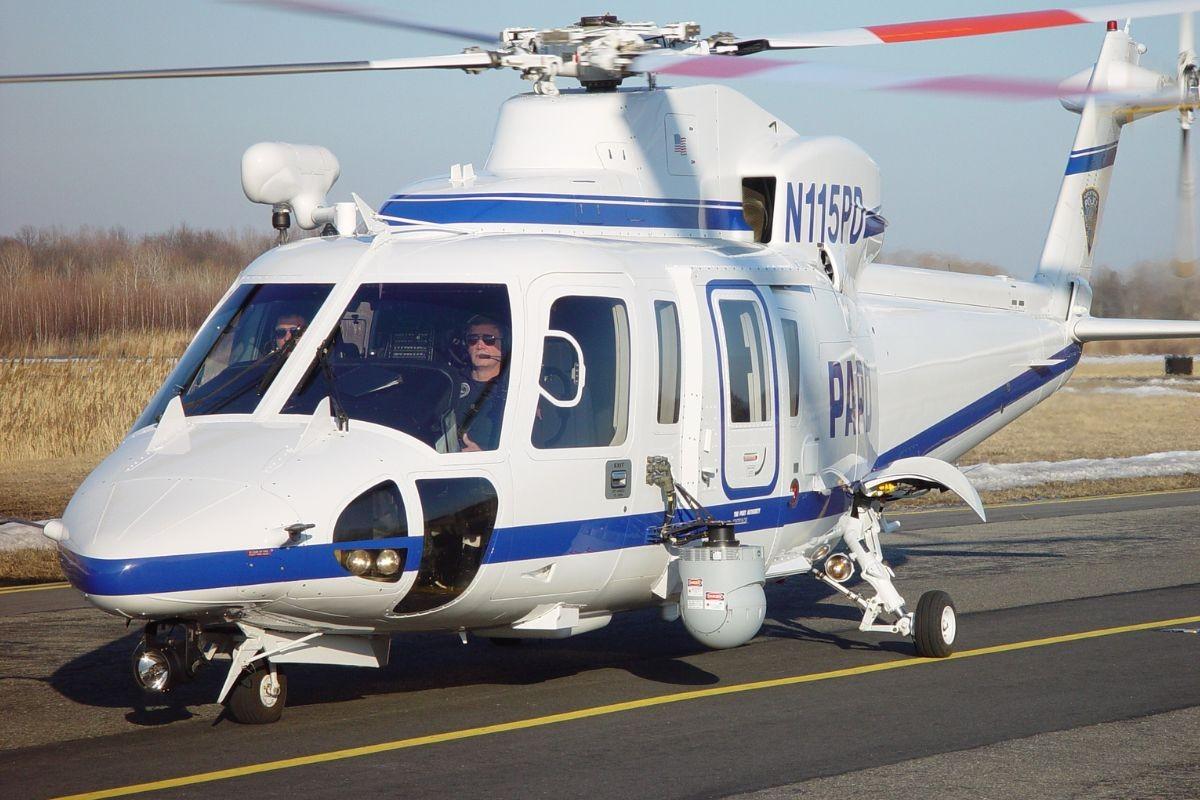Innovations in Helicopter Aviation: From Vietnam to Modern Times

Author Name: Chuck Howard
Website: https://chucktheauthor.com/
Amazon: https://amazon.com/TALES-COCKPIT-000-hour-seat-pants-ebook/dp/B0DHF47729/
Facebook: https://facebook.com/profile.php?id=61567108665591
Instagram: https://instagram.com/chuck_theauthor48
Helicopters have always been at the forefront of aviation, serving as vital tools for rescue, combat, transportation, and a host of other roles. From their early use in the Korean War to their iconic deployment during the Vietnam War, helicopters have undergone significant transformations. The evolution from Vietnam-era helicopters to today's technologically
advanced models tells a story of innovation driven by necessity, courage, and the relentless pursuit of improved safety and performance.
The Role of Helicopters in Vietnam: A Catalyst for Innovation
The Vietnam War was a pivotal period for helicopter aviation. It was the first major conflict where helicopters became central to military strategy, earning the nickname "The Helicopter War." During this time, aircraft like the UH-1 Iroquois, commonly known as the "Huey," became the backbone of operations, serving in air assaults, medevac missions, troop transport, and close air support. The demands of the Vietnam conflict pushed the limits of helicopter technology, exposing both strengths and weaknesses in the existing fleet.
One key innovation that emerged during the Vietnam War was the development of armed helicopters. The need to provide close air support and protect troop transports led to the arming of the Huey with rockets, machine guns, and grenade launchers. This transformation from a utility aircraft to an armed combat platform demonstrated the versatility of helicopters and laid the groundwork for the development of dedicated attack helicopters like the AH-1 Cobra. The Cobra, with its slender profile, greater speed, and specialized weaponry, was the first true attack helicopter and set the standard for future models.
Vietnam also highlighted the importance of aeromedical evacuation, leading to innovations in medical helicopter design. The demand for quick and efficient evacuation of wounded soldiers under fire spurred the creation of more effective medevac protocols and designs that prioritized access to patients, speed, and safety. This legacy of innovation lives on in today's air ambulance services, which have become critical components of civilian emergency response systems.
Post-Vietnam Advances: Building on Lessons Learned
The experiences in Vietnam had a lasting impact on helicopter design and technology. As the war came to an end, the lessons learned were integrated into the development of new models and systems. One significant shift was the focus on survivability and safety. Helicopters became equipped with crash-resistant fuel systems, energy-absorbing landing gear, and improved
armor to protect both aircrew and passengers. Innovations like these have significantly increased the survivability of helicopters in both military and civilian settings.
Advancements in engine technology also emerged in the post-Vietnam era. Turboshaft engines became more powerful and efficient, allowing helicopters to carry heavier loads and operate in more extreme conditions. This led to the development of larger, more capable aircraft like the CH-53 Super Stallion and the MH-60 Black Hawk, which have become staples of modern military aviation. These helicopters were designed to perform in a wide range of environments, from the deserts of the Middle East to the icy conditions of the Arctic.
The late 20th century also saw the introduction of composite materials, which revolutionized helicopter construction. These lightweight, durable materials replaced traditional metal structures, resulting in helicopters that were lighter, faster, and more fuel-efficient. Composite materials also allowed for greater design flexibility, leading to improvements in aerodynamics and structural integrity. This transition enabled the creation of helicopters that could fly faster, carry more, and require less maintenance, making them more versatile for a wide range of missions.
Technological Innovations in Modern Helicopters
Today's helicopters are marvels of modern engineering, packed with advanced technologies that were unimaginable during the Vietnam era. One of the most significant areas of innovation has been in avionics and flight control systems. Modern helicopters are equipped with sophisticated digital cockpits, featuring touchscreen displays, advanced navigation systems, and automated flight controls. These enhancements have improved situational awareness, reduced pilot workload, and increased safety in challenging flight conditions.
The development of fly-by-wire systems has been another game-changer. These systems replace traditional mechanical controls with electronic interfaces, allowing for more precise handling and maneuverability. Fly-by-wire technology also integrates advanced autopilot features, enabling helicopters to fly stable in turbulent conditions or hover at a fixed point with
minimal pilot input—a critical capability for search and rescue operations or precise cargo delivery.
Another area of groundbreaking innovation is the rise of unmanned aerial vehicles (UAVs) and drones. Helicopter UAVs have expanded the role of rotary-wing aircraft, allowing for missions that were previously too dangerous or impractical for manned flight. These drones are capable of long-endurance flights, surveillance, and even cargo delivery in combat zones. As the technology continues to evolve, UAVs are expected to play a more prominent role in both military and civilian applications, supplementing traditional helicopters for many tasks.
Conclusion: From Vietnam to the Future
The evolution of helicopter aviation from Vietnam to modern times is a testament to human ingenuity and the relentless drive for innovation. What began as simple utility helicopters in the 1960s has transformed into a fleet of highly specialized, technologically advanced aircraft capable of performing an astonishing array of missions. From improving safety standards to developing eco-friendly propulsion systems, the helicopter industry continues to push the boundaries of what is possible.
As technology continues to advance, helicopters will undoubtedly play a critical role in the future of aviation, supporting everything from military operations to civilian transportation. The innovations of today are built on the lessons of the past, proving that the spirit of innovation in helicopter aviation remains as strong as ever.
